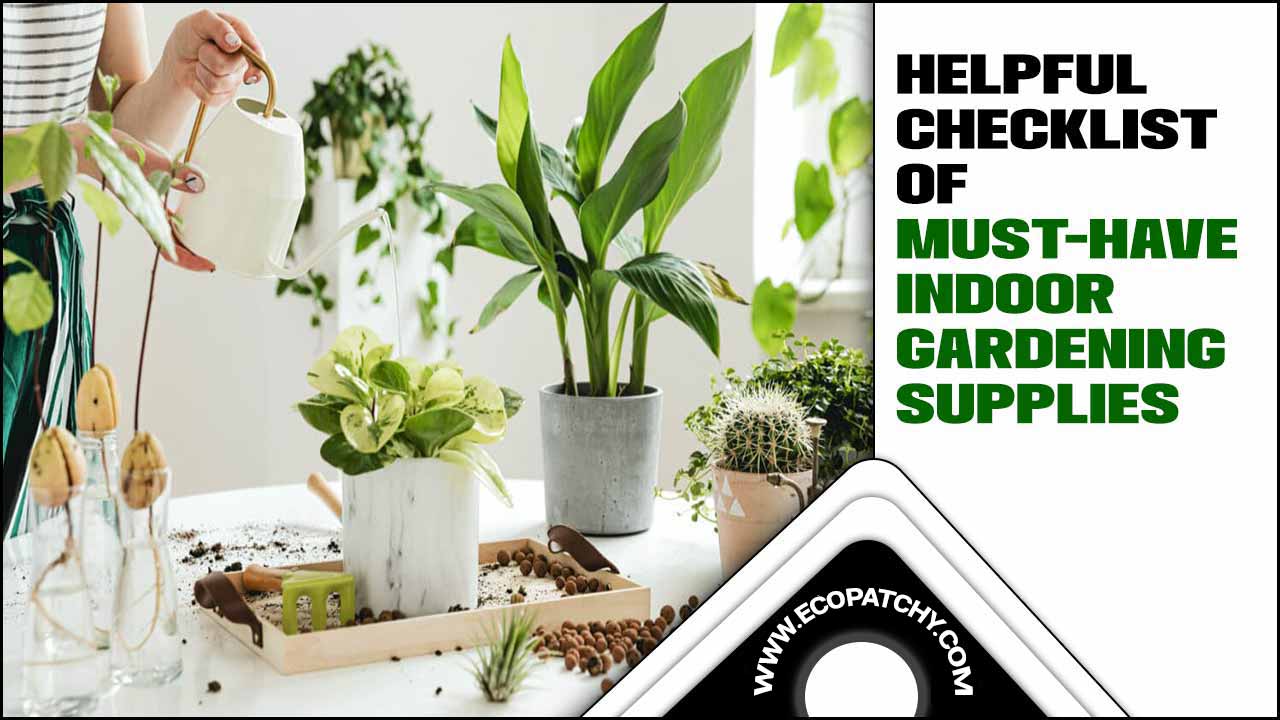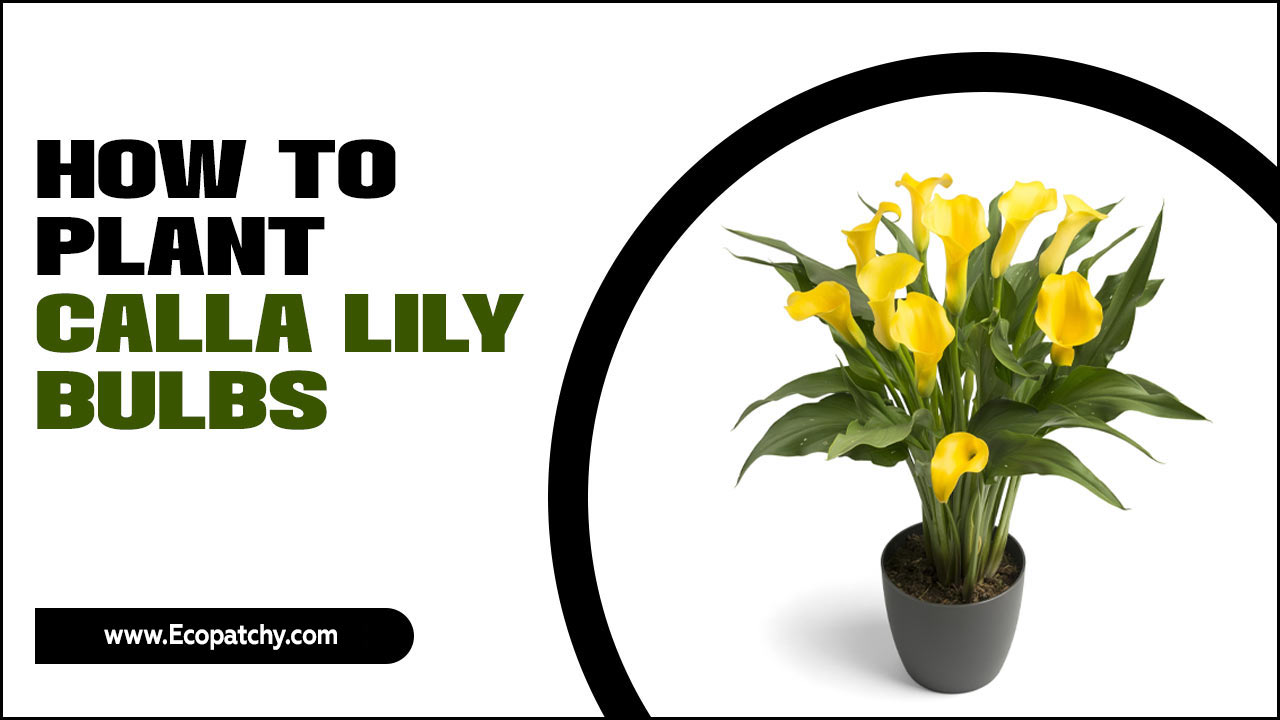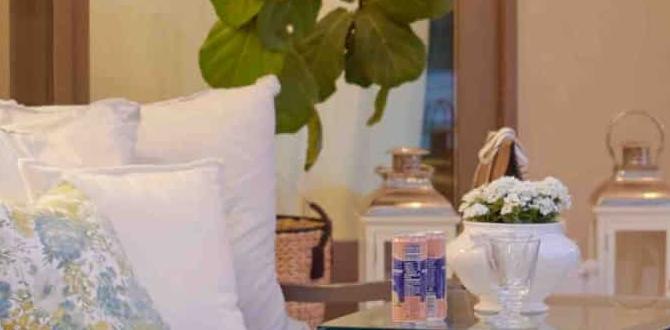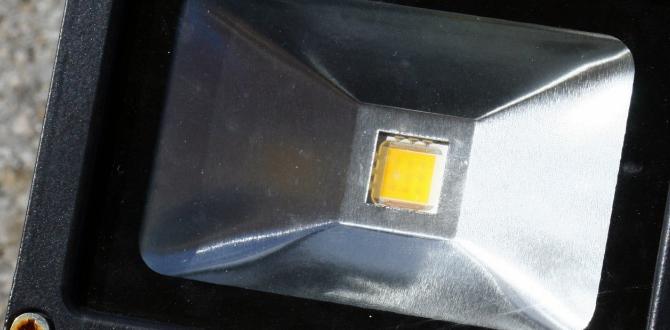Have you ever thought about how to make your garden easier to manage? Beds for gardening can be a fantastic solution. They raise your plants off the ground and help keep weeds at bay. Imagine picking fresh veggies without bending over all the time!
Many people love using garden beds because they keep the soil warm. This helps plants grow faster. Did you know that you can even create your own garden beds with simple materials? It’s true! You can turn your backyard into a beautiful garden.
In this article, we’ll explore why beds for gardening are popular. We’ll share cool tips on how to build them and what plants grow best in them. So, are you ready to dig in and grow your own little paradise? Let’s get started!
The Best Beds For Gardening: Enhance Your Green Space
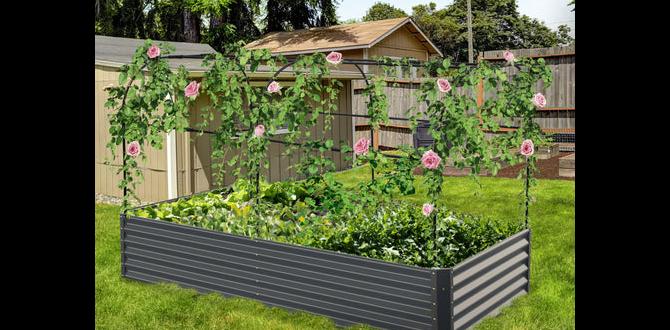
Beds for Gardening
Imagine stepping into your backyard and finding neat, colorful beds for gardening. These beds help organize plants and make growing easy and fun. They come in various styles, like raised beds or traditional rows. Raised beds keep soil warm and drain well, helping plants thrive. This smart method saves space and keeps weeds away. Did you know that gardening in beds can lead to healthier plants? It’s a great way to enjoy fresh veggies and beautiful flowers all season long!Materials for Constructing Gardening Beds
Comparison of wood, metal, stone, and biodegradable options. Best practices for material selection based on climate and budget.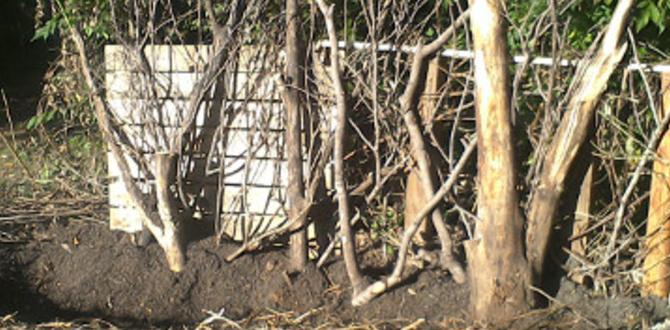
Choosing the right material for your garden beds can feel like picking a flavor of ice cream—there are so many tasty choices! Wood is popular because it looks nice and is easy to work with, but it can rot over time. Metal is tough and lasts longer, but it can heat up in the sun, giving your plants a sauna experience. Stone is super durable but can be heavy. Biodegradable options, like straw bales, are great for the environment but won’t last forever. Think about your climate: if it rains a lot, wood might not be the best choice. Also, keep your budget in mind; you want to grow veggies, not debts! Check out the table below for a quick comparison.
| Material | Lifespan | Cost | Best for Climate |
|---|---|---|---|
| Wood | 5-10 years | Low | Dry |
| Metal | 15-20 years | Medium | Sunny |
| Stone | Indefinite | High | All |
| Biodegradable | 1-3 years | Low | All |
In the end, pick what works best for you and your garden dreams! Happy planting!
Choosing the Right Location
Importance of sun exposure and drainage. Tips for evaluating soil quality and accessibility.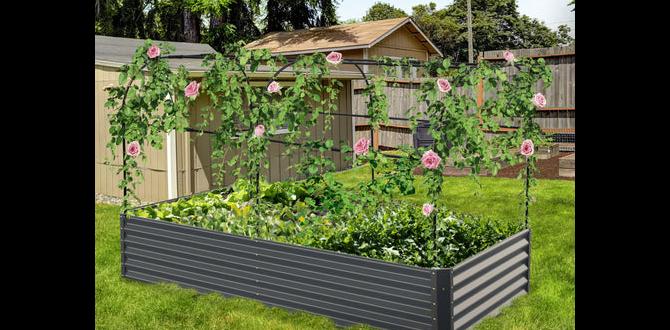
Picking the right spot for your garden beds is key. Sun exposure gives plants the light they need. Most veggies need at least six hours of sun daily. Also, check drainage. Water should flow away easily. Poor drainage can drown your plants.
To know your soil’s health, feel it. It should be soft, crumbly, and easy to dig. Check for rocks or clay. Lastly, think about how easy it is to reach your garden. You want to enjoy your time outside!
What is the best location for a garden bed?
The best place for a garden bed is where it gets at least six hours of sunlight each day. Good drainage and easy access are also important.
Tips for Choosing a Good Spot:
- Look for sunlight.
- Test the soil by feeling it.
- Ensure easy access for watering and harvesting.
Soil and Amendments for Optimal Growth
Necessary soil components (e.g., drainage, pH). Recommended organic amendments to enhance soil fertility.
Good soil is key for plants to grow strong. It needs proper drainage to avoid drowning their roots. The right pH level helps plants take in nutrients. Organic amendments can make soil even better. Here are some great ones:
- Compost: Adds nutrients and helps with water retention.
- Peat moss: Improves soil structure and keeps it light.
- Worm castings: Packed with nutrients and boosts plant health.
- Wood chips: Help retain moisture while keeping weeds away.
These amendments help create a happy home for your plants.
What is the ideal pH for garden soil?
The ideal pH for garden soil is between 6.0 and 7.0. This range allows most plants to grow well.
Plant Selection for Gardening Beds
Guidelines for companion planting and crop rotation. Seasonal planting considerations and suitable plant varieties.Choosing the right plants can make your garden shine brighter than a disco ball! Think about companion planting. Some plants love to hang out together. For example, tomatoes and basil are best buds! Crop rotation is like switching up your dance partners. It keeps the soil healthy and happy. Keep in mind the seasons, too. Some plants like the cool, while others want sunshine all day. Check out the table below for great pairings and seasonal tips!
| Plant Pairing | Best Season |
|---|---|
| Tomatoes & Basil | Summer |
| Lettuce & Radishes | Spring |
| Beans & Corn | Summer |
| Carrots & Onions | Fall |
Mixing plants wisely can lead to a bountiful harvest and a garden that stands out!
Maintenance Tips for Gardening Beds
Essential practices for watering, weeding, and fertilizing. Strategies for pest management and reducing diseases.
Keeping your gardening beds healthy is essential for a great harvest. Start with watering. Water deeply, but less often. This encourages roots to grow strong. Next, tackle weeds quickly. Pull them out by hand or use a hoe. Weeds compete with your plants for nutrients.
Adding fertilizer is important too. Use natural options like compost for healthy soil. Keep an eye on pests. You can use insect repellent or introduce friendly bugs like ladybugs. This helps reduce harmful insects while protecting your plants. Lastly, clear away dead plants and leaves to prevent diseases.
What do I need to know about watering my gardening beds?
Water your gardens early in the morning or late in the evening to reduce evaporation.Quick tips for gardening beds:
- Water deeply, not frequently.
- Remove weeds regularly.
- Use natural fertilizers.
- Monitor for pests daily.
- Clean debris to ward off diseases.
Innovative Gardening Bed Ideas
Creative designs such as vertical gardens and keyhole beds. Examples of edible landscaping and permaculture approaches.Gardening can be fun and creative! Try using vertical gardens; they save space and look great on walls. Keyhole beds are another amazing idea. These beds have a circular design with a path in the middle, making it easy to reach plants. Consider edible landscaping, where you plant fruits and veggies in your yard. Permaculture also helps create a self-sustaining garden. Here are a few ideas:
- Vertical gardens to save space
- Keyhole beds for easy access
- Edible plants in front yards
- Permaculture to improve biodiversity
What are some innovative gardening bed ideas?
Vertical gardens and keyhole beds can make your garden unique. They provide fun ways to grow plants while saving space. Try integrating these designs for a beautiful and practical garden!
Cost Considerations and Budgeting
Average costs of materials and construction for various types of beds. Budgetfriendly tips for building and maintaining gardening beds.Building a garden bed can fit many budgets. Average costs vary between materials. Wooden beds may cost around $200, while metal or stone can reach $600 or more. To save money, consider these tips:
- Use recycled materials like old pallets.
- Plan your bed size to suit your space.
- Buy seeds instead of plants to save costs.
- Check local sales for tools and materials.
With some planning, you can create a beautiful garden without breaking the bank!
How much do garden beds typically cost?
The average cost for a simple garden bed ranges from $100 to $300. Prices depend on size and materials used.
Resources and Tools for Gardening Bed Enthusiasts
Essential gardening tools for bed maintenance. Recommended books, websites, and community resources for further learning.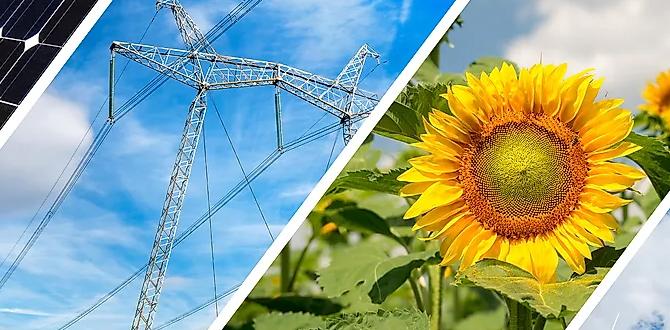
Gardening brings joy, but having the right tools makes it easier. Essential tools include a spade, trowel, and watering can. These help keep your garden beds neat and healthy. For learning, check out helpful resources like books and websites. Some ideas are:
- The Garden Primer by Barbara Damrosch
- Gardeners’ World website for tips and videos
- Your local gardening club for community advice
These resources can boost your gardening skills and make your beds flourish!
What tools do I need for my gardening bed?
You need simple tools for your gardening bed. A trowel, spade, and pruners are must-haves. These tools help with planting, weeding, and fixing plants easily.
Have you heard of the “50-40-10 Rule” in gardening?
This rule says 50% of your garden should be soil, 40% plants, and 10% paths or decorations. It creates a balanced and beautiful garden beds!
Conclusion
In conclusion, beds for gardening help you grow plants easily and neatly. They improve soil, prevent weeds, and make caring for plants simpler. You can choose from different types like raised beds or container gardens. Try building your own bed or explore more gardening ideas. Happy planting, and remember to enjoy watching your garden grow!FAQs
Sure! Here Are Five Related Questions On The Topic Of Beds For Gardening:Sure! Here are some questions we can explore about gardening beds: 1. What is a garden bed? A garden bed is a special area where we plant flowers or vegetables. 2. How do we make a garden bed? We can use soil, wood, or stones to build a bed and fill it with dirt. 3. Why do we use garden beds? Garden beds help plants grow better by keeping them organized and healthy. 4. What can we grow in garden beds? We can grow many plants, like tomatoes, carrots, and sunflowers. 5. How do we take care of our garden beds? We need to water the plants, pull weeds, and add compost to help them grow!
Sure! Please provide the question you need me to answer.
What Are The Different Types Of Garden Beds, And How Do They Vary In Terms Of Design And Function?There are several types of garden beds you can try. Raised beds are higher off the ground, making them easy to reach. Container gardens use pots, so you can move them around. In-ground beds are planted directly in the soil. Each type helps plants grow differently, depending on your space and what plants you want to grow.
How Do Raised Garden Beds Improve Soil Quality And Drainage For Plant Growth?Raised garden beds help improve soil quality by letting you control what goes in the soil. You can mix in nice compost to give plants the nutrients they need. They also help with drainage because the soil is higher up. This means water can flow away easily, so the roots don’t get too wet. Healthy soil and good drainage help plants grow strong and healthy!
What Materials Are Best Suited For Building Durable And Effective Garden Beds?You can build strong garden beds using wood, bricks, or metal. Cedar wood is great because it lasts a long time. Bricks can hold soil well and look nice. Metal like galvanized steel also works and keeps its shape. Choose what you love and what fits your garden!
How Can I Choose The Right Size And Height For My Garden Beds Based On The Types Of Plants I Want To Grow?To choose the right size and height for your garden beds, think about the plants you want. If you’re growing tall plants like tomatoes, make your beds at least 12 inches high. For smaller plants like lettuce, beds can be lower, around 6 to 8 inches. Make the beds wide enough so you can reach the middle easily, about 3 to 4 feet across. This way, you can take care of your plants without stepping on the soil!
What Are The Advantages And Disadvantages Of Using Container Gardens Versus Traditional In-Ground Garden Beds?Container gardens are great because you can place them anywhere! They are easy to move and work for small spaces. You can also control the soil better. However, they can need more water since the soil dries out faster. Traditional in-ground gardens offer more space for big plants, but they can be harder to maintain and limited by where you can plant them.
{“@context”:”https://schema.org”,”@type”: “FAQPage”,”mainEntity”:[{“@type”: “Question”,”name”: “Sure! Here Are Five Related Questions On The Topic Of Beds For Gardening:”,”acceptedAnswer”: {“@type”: “Answer”,”text”: “Sure! Here are some questions we can explore about gardening beds: 1. What is a garden bed? A garden bed is a special area where we plant flowers or vegetables. 2. How do we make a garden bed? We can use soil, wood, or stones to build a bed and fill it with dirt. 3. Why do we use garden beds? Garden beds help plants grow better by keeping them organized and healthy. 4. What can we grow in garden beds? We can grow many plants, like tomatoes, carrots, and sunflowers. 5. How do we take care of our garden beds? We need to water the plants, pull weeds, and add compost to help them grow!”}},{“@type”: “Question”,”name”: “”,”acceptedAnswer”: {“@type”: “Answer”,”text”: “Sure! Please provide the question you need me to answer.”}},{“@type”: “Question”,”name”: “What Are The Different Types Of Garden Beds, And How Do They Vary In Terms Of Design And Function?”,”acceptedAnswer”: {“@type”: “Answer”,”text”: “There are several types of garden beds you can try. Raised beds are higher off the ground, making them easy to reach. Container gardens use pots, so you can move them around. In-ground beds are planted directly in the soil. Each type helps plants grow differently, depending on your space and what plants you want to grow.”}},{“@type”: “Question”,”name”: “How Do Raised Garden Beds Improve Soil Quality And Drainage For Plant Growth?”,”acceptedAnswer”: {“@type”: “Answer”,”text”: “Raised garden beds help improve soil quality by letting you control what goes in the soil. You can mix in nice compost to give plants the nutrients they need. They also help with drainage because the soil is higher up. This means water can flow away easily, so the roots don’t get too wet. Healthy soil and good drainage help plants grow strong and healthy!”}},{“@type”: “Question”,”name”: “What Materials Are Best Suited For Building Durable And Effective Garden Beds?”,”acceptedAnswer”: {“@type”: “Answer”,”text”: “You can build strong garden beds using wood, bricks, or metal. Cedar wood is great because it lasts a long time. Bricks can hold soil well and look nice. Metal like galvanized steel also works and keeps its shape. Choose what you love and what fits your garden!”}},{“@type”: “Question”,”name”: “How Can I Choose The Right Size And Height For My Garden Beds Based On The Types Of Plants I Want To Grow?”,”acceptedAnswer”: {“@type”: “Answer”,”text”: “To choose the right size and height for your garden beds, think about the plants you want. If you’re growing tall plants like tomatoes, make your beds at least 12 inches high. For smaller plants like lettuce, beds can be lower, around 6 to 8 inches. Make the beds wide enough so you can reach the middle easily, about 3 to 4 feet across. This way, you can take care of your plants without stepping on the soil!”}},{“@type”: “Question”,”name”: “What Are The Advantages And Disadvantages Of Using Container Gardens Versus Traditional In-Ground Garden Beds?”,”acceptedAnswer”: {“@type”: “Answer”,”text”: “Container gardens are great because you can place them anywhere! They are easy to move and work for small spaces. You can also control the soil better. However, they can need more water since the soil dries out faster. Traditional in-ground gardens offer more space for big plants, but they can be harder to maintain and limited by where you can plant them.”}}]}
